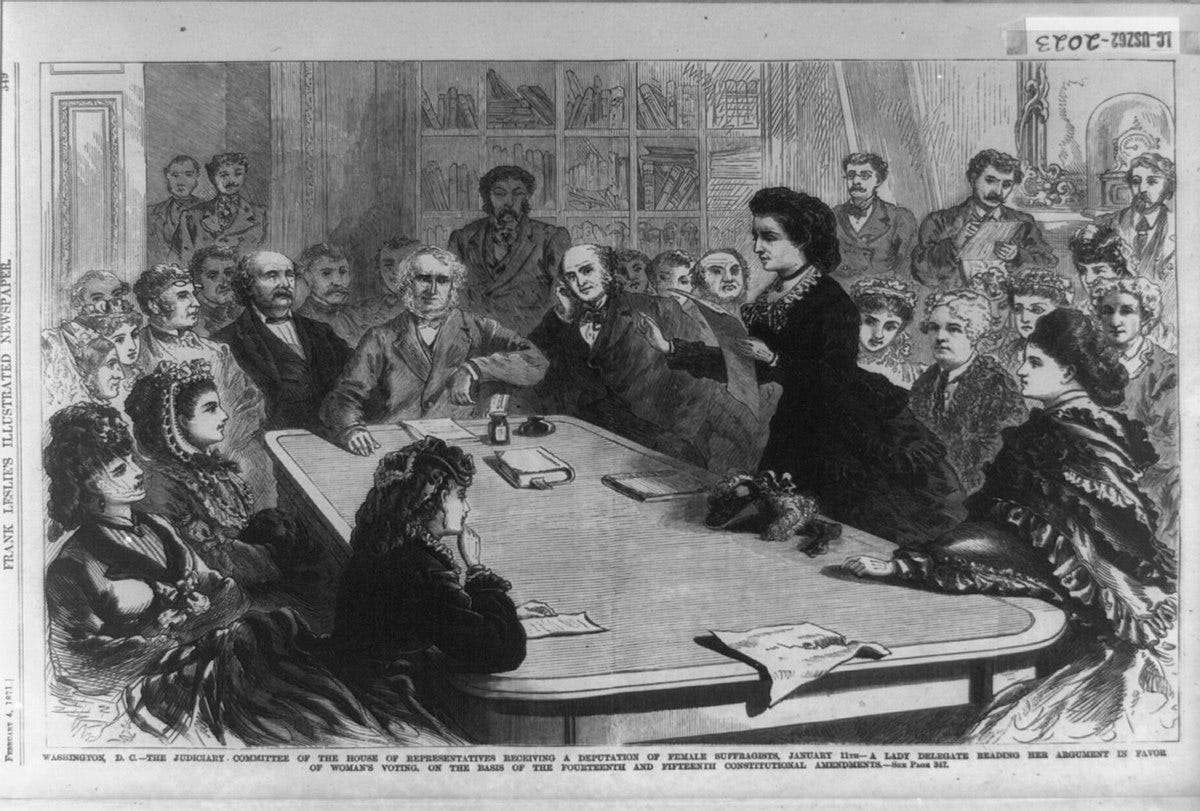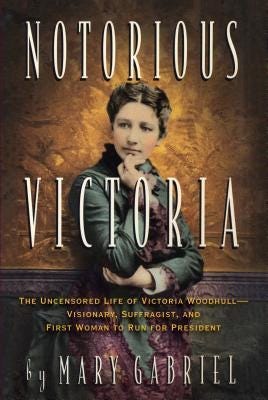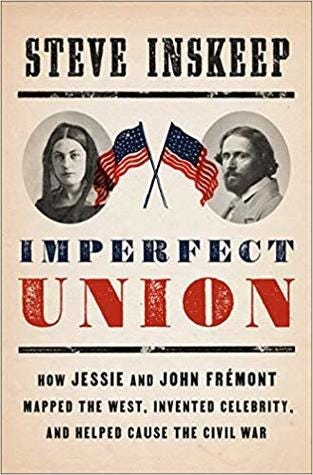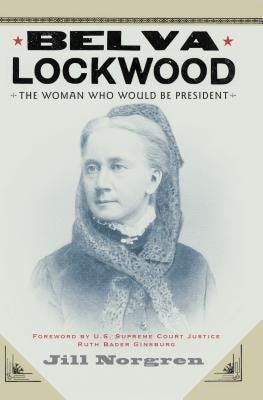Books About Unsung Women in American Political History
Pioneering women who blazed a trail in U.S. politics. Part 1 of 2.

If you’ve read The Riel World recently, you know about the woman who ran for president in 1872, almost a half century before women had the right to vote. But do you know about the farmer’s wife who lost her husband at a young age, then reinvented herself as a lawyer and became the first woman to argue a case before the Supreme Court? Or the first female cabinet member, who also happened to be the intellectual force behind Franklin Roosevelt’s New Deal?
There are numerous stories of women in U.S. history who impacted national politics in their own time and in their own unique way but whose names don’t ring out quite so loudly today. It was while researching my book, “Quest for the Presidency,” that I came across many of their stories. Each one of them helped blaze the trail that other women later followed, from Sandra Day O’Connor, Ruth Bader Ginsburg and Condoleezza Rice to Nancy Pelosi, Hillary Clinton and Kamala Harris.
These other women were hardly unrecognized in their own time, but today they stand as fascinating figures whose stories have begun fading from memory with the passing years. So here are four biographies to get you started in reading about some extraordinary but now unsung women in American political history.
“Notorious Victoria: The Uncensored Life of Victoria Woodhull — Visionary, Suffragist, and First Woman to Run for President,” by Mary Gabriel
In 1872, Victoria Woodhull was the presidential nominee of the Equal Rights Party (with Frederick Douglass, the African American author and orator as her running mate). The first woman to run for president, she did so 48 years before the 19th Amendment gave women the right to vote.
Before becoming a presidential candidate, Woodhull was a newspaper publisher, the country’s first female stockbroker, an activist for women’s suffrage, and the first woman to address a Congressional committee. And her lectures on free love, or the right of individuals to love whomever they choose, drew packed crowds. She was, in Mary Gabriel’s words, “the most notorious and polarizing woman of her day,” and all facets of her life are covered in this fascinating biography.
“Imperfect Union: How Jessie and John Fremont Mapped the West, Invented Celebrity, and Helped Cause the Civil War,” by Steve Inskeep
John Fremont may have been the first Republican candidate for president in 1856 (as well as an explorer who helped map the West), but it was his wife Jessie who made much of Fremont’s success possible. She edited and promoted her husband’s writings about his Western explorations, helping make him a celebrity. She was also an activist who was not shy about giving advice or making her opinion known to the male political leaders of the day.
When John ran for president, she was his closest political advisor. In fact, if given the opportunity she might well have been a better candidate than her taciturn husband. Her celebrity in 1856 matched his, and she attracted legions of female fans who copied her hairstyle or stood outside the family home, hoping for a glimpse of her.
“It nearly seemed like they were running for president,” writes Steve Inskeep in his book, which brings to life the often overlooked tale of Jessie Fremont, one of the most well-known and influential women in pre-Civil War America.
“Belva Lockwood: The Woman Who Would Be President,” by Jill Norgren
Former Supreme Court Justice Ruth Bader Ginsburg said of Belva Lockwood that she “used wit, ingenuity, and sheer force of will to unsettle society’s conceptions of her sex.” Her story was familiar to Ginsburg because Lockwood was a 19th century attorney who forged a career in the male-dominated legal field and in 1880 became the first woman to argue a case before the Supreme Court.
This was quite an achievement for Lockwood, who was born to modest circumstances and married a farmer. It was only after her first husband’s death, as shown in Jill Norgren’s biography, that she went to college, gained a law degree, and fashioned a new life that made her one of the country’s most prominent women.
Four years after her Supreme Court debut, Lockwood became the second woman to run for president. She mounted campaigns in 1884 and 1888 as the candidate of the National Equal Rights Party.
“Jane Addams: Spirit in Action,” by Louise W. Knight
Jane Addams wasn’t ever a presidential candidate, but she was a social reformer, a political activist, and the winner of a Nobel Peace Prize. This Louise Knight biography of Addams traces her life from a small Illinois town to the founding of Hull House in Chicago, where she provided an array of services for the poor, for immigrants, and for working mothers. She later became involved in politics and lobbied for the reform of labor laws and for better working conditions in factories.
This led her to become a supporter of Theodore Roosevelt’s 1912 presidential run with the Progressive Party. That year, Addams was the first woman to give a nominating speech at a political convention. World War I then spurred her to become a peace activist and to help found the Women’s International League for Peace and Freedom, which is the work that in 1931 won her the Nobel Prize.
Coming soon: Part two.








The sheer force of will these women had is impressive. Overcoming the inertia of the culture you’re raised in is not a small feat. Looking forward to part 2!